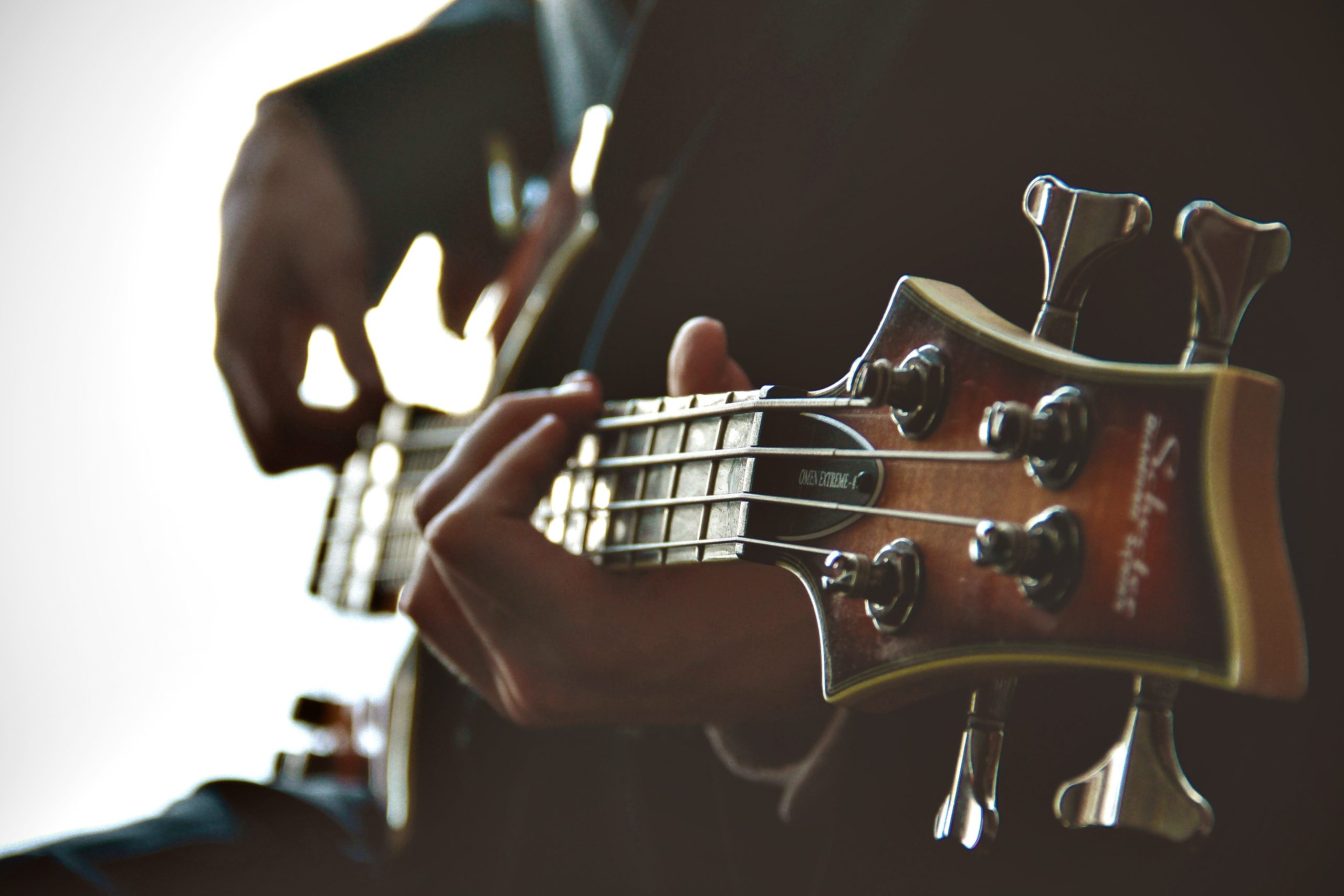Music has been a part of human culture for centuries, and its healing properties have long been recognized. From tribal drums to classical symphonies, music has been used to soothe the soul, lift the spirit, and heal the body. But how exactly does music have this effect on us?
Recent scientific research has shed light on the connection between music and healing, and how it affects the brain and body. According to studies, listening to music can stimulate the release of endorphins, the body’s natural painkillers. It can also reduce levels of the stress hormone cortisol, which can contribute to anxiety, depression, and other health problems.
Moreover, music has been found to have a direct impact on the brain. Listening to music can activate the same areas of the brain that are involved in other pleasurable experiences, such as eating, sex, and drugs. In fact, listening to music can even trigger the release of dopamine, the “feel-good” neurotransmitter that is associated with reward and pleasure.
But music’s healing properties go beyond just listening. Playing an instrument or singing can also have a positive impact on the brain. Learning and playing music has been found to increase the size of the corpus callosum, the part of the brain that connects the two hemispheres and is responsible for communication between them. This can lead to better cognitive function and improved memory.
In addition to its effect on the brain, music has been found to have physical benefits as well. According to a study published in the Journal of Advanced Nursing, music can reduce the perception of pain in patients undergoing surgery or other medical procedures. It has also been found to improve cardiovascular health, as listening to music can lower blood pressure, heart rate, and respiratory rate.
The therapeutic use of music, known as music therapy, has become increasingly popular in recent years. Music therapists work with individuals of all ages and abilities to address physical, emotional, cognitive, and social needs. They use a variety of techniques, such as listening to music, singing, and playing instruments, to help clients achieve their goals.
Music therapy has been found to be effective in a variety of settings, including hospitals, schools, and nursing homes. It has been used to help children with autism develop social and communication skills, to reduce anxiety and depression in cancer patients, and to improve the quality of life for individuals with dementia.
In conclusion, the science behind healing with music is still being explored, but the evidence so far suggests that music can have a powerful effect on the brain and body. Whether through listening to music, playing an instrument, or participating in music therapy, there are many ways to incorporate music into a healing regimen. As the saying goes, “music soothes the savage beast,” and it seems that this sentiment holds true in more ways than one.




